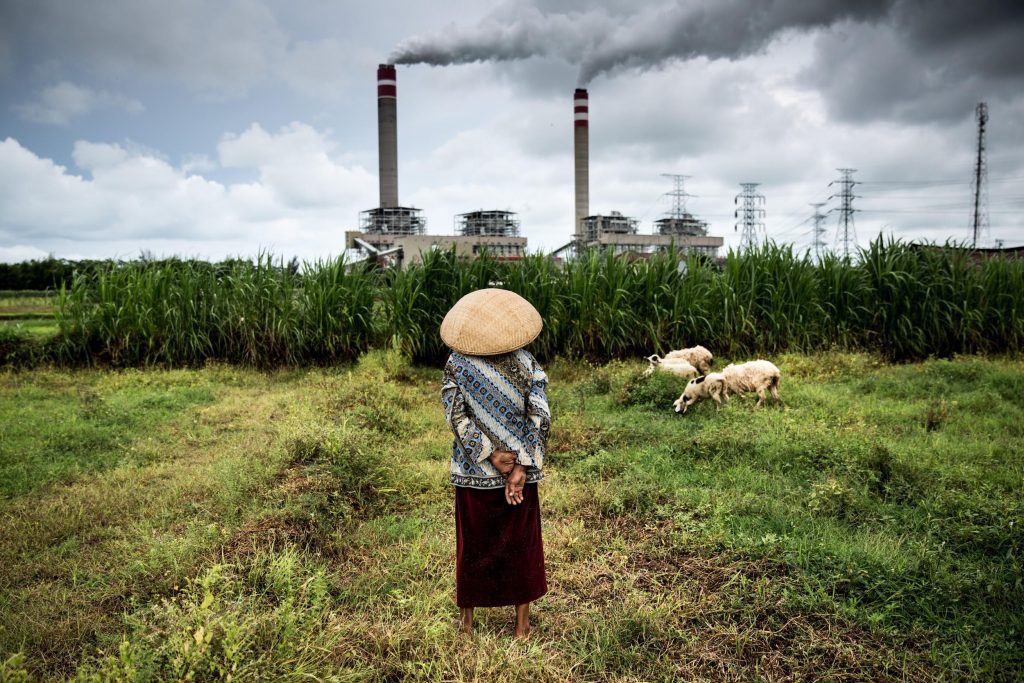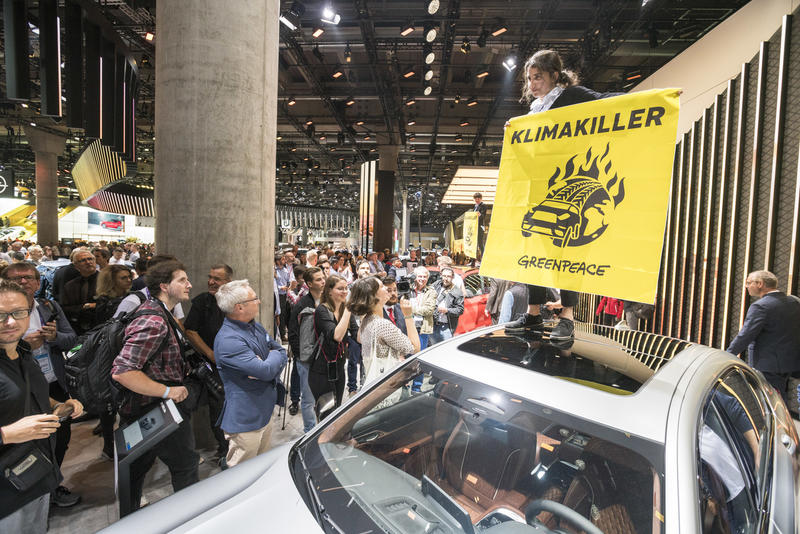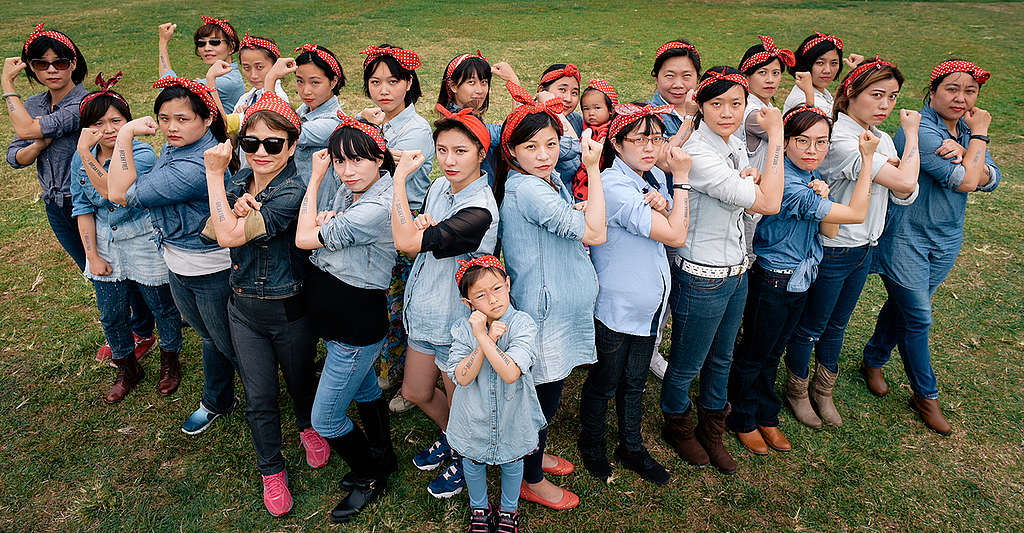Air pollution is harming many of us around the world. Many of us are breathing air that is damaging almost every organ in our body
. Worse, one of the main causes of air pollution – burning fossil fuels – also causes climate change that’s endangering all of us by heating the planet on which we depend.
Air pollution is indeed a crisis, but it’s a crisis we can solve – and around the world, people are solving it! Here’s what that looks like.
1. Coal

Coal is toxic too. Burning it releases elements like mercury and arsenic, and small particles of soot which contribute to air pollution. When we breathe it in, that soot harms our heart and lungs and even increases our risk of strokes.
But the worst thing about coal is how widespread it is. Coal provides more than a third of the world’s electricity
. That’s more than any other single source! These power plants affect air quality for hundreds of kilometres – and are often placed right in the heart of cities – so countless millions of people get little respite from the pollution these plants cause.
We desperately need to wean ourselves off coal, and get our power from clean sources like wind, sun and tides.
Some counties have started. In 2019, coal power had its biggest slump ever recorded
! But we need every country in the world to move much faster towards renewable energy. Greenpeace International has even mapped out how they could go about it .
2. Cars

But there are other ways we can move around, and leave the car behind.
Cities around the world are waking up to the joys of car-free travel. From pedestrian zones, to proper public infrastructure to comprehensive and affordable public transport, there are so many ways cities can help us go car-free more often. And the benefits are many – from more space and cleaner air to a more active and healthy population.
But for those journeys that still need cars, we should start thinking about cars very differently. Rather than petrol and diesel, we should power cars with electricity. Electric cars are zero- emissions ‘at the pipe’ – the cars themselves don’t emit any exhaust fumes. Almost all their emissions come from their manufacture, and in producing the electricity that powers them. If that electricity is renewable, those emissions are essentially zero. But even in coal-heavy (so carbon-intensive) grid like Poland, it’s still a substantial cut in emissions compared with conventional cars. The pollution savings multiply even more when cars are made smaller – so they use less energy to make and move – and for sharing rather than private ownership, so we can all get by with fewer of them.
3. Community

Concerns about air pollution made Shenzhen, China electrify their bus fleet. Parents in Belgium mobilised because the air in schools was so dirty. Now, Brussels, its capital city, is banning petrol and diesel cars from 2030 and investing in public transport and cycling infrastructure. And around the world, concerns about the climate impacts of coal are causing governments to look into new ways of getting their power- Turkey has closed five coal power plants in 2020 alone
The solution to air pollution is us; it’s you and me, taking action together. And you can start right now, right here.
Andrew Tobert is Digital Lead of Clean Air Now at Greenpeace Belgium.

No comments:
Post a Comment
Note: Only a member of this blog may post a comment.